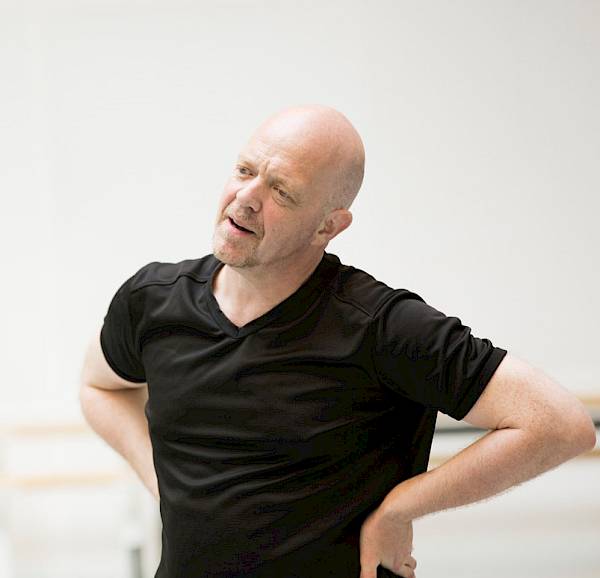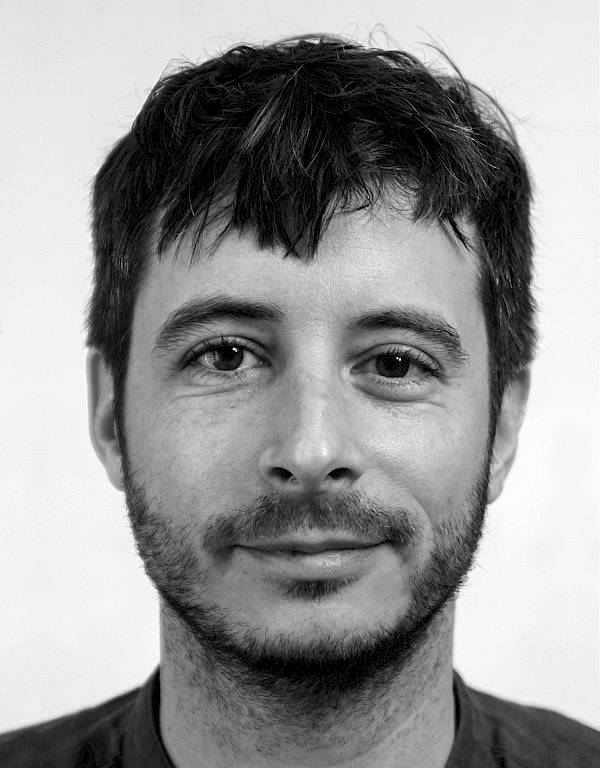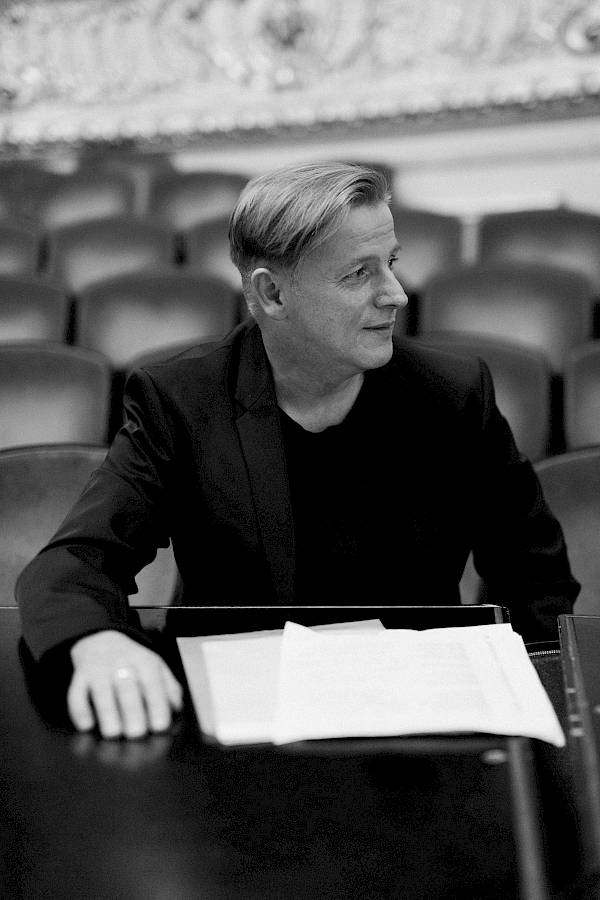Abstract
Hans Christian Andersen is Denmark’s most famous author, and is best known internationally for his fairytales. However, the almost 170 fairytales he wrote are only a small part of his literary output. Andersen also penned dramas, novels, travelogues, and some one thousand poems. In recent years, he has also been appreciated as an imaginative visual artist who created a magical and bizarre paper world of silhouettes and collaged picture books.
2024 marks the 150th anniversary of the author’s death. To mark the occasion, the Ballett Zürich will immerse itself in Andersen's fairytale worlds together with choreographer and director Kim Brandstrup. Brandstrup has lived in London for nearly 40 years, and has choreographed numerous ballets for the Royal Ballet London, the Royal Danish Ballet, and other international companies. He grew up with Andersen’s fairytales. In Denmark in particular, they are still often associated with cozy, candle-lit apartments in 19th century Copenhagen, where these stories are told and read aloud. Idyllic nostalgia combines with the image of a secure bourgeois society. Yet Andersen was an outsider. He came from the most impoverished of backgrounds and, even when he had long since gained well-deserved recognition as a writer, he never had the feeling that he belonged in middle-class Copenhagen society. Outsiders are also omnipresent in his fairy tales: the little mermaid who looks through the porthole into the interior of a ship and longs for a home among humans, the ugly duckling looking for acceptance, or the little girl with the matchsticks who peers into festively lit Christmas parlors in the icy cold on Christmas Eve. As outsiders who don’t belong, they are mercilessly exposed to harsh and threatening natural forces that rage outside the bounds of domestic bliss. In his ballet, Kim Brandstrup imaginatively combines motifs from various Andersen fairy tales to create a ballet evening for the whole family.







